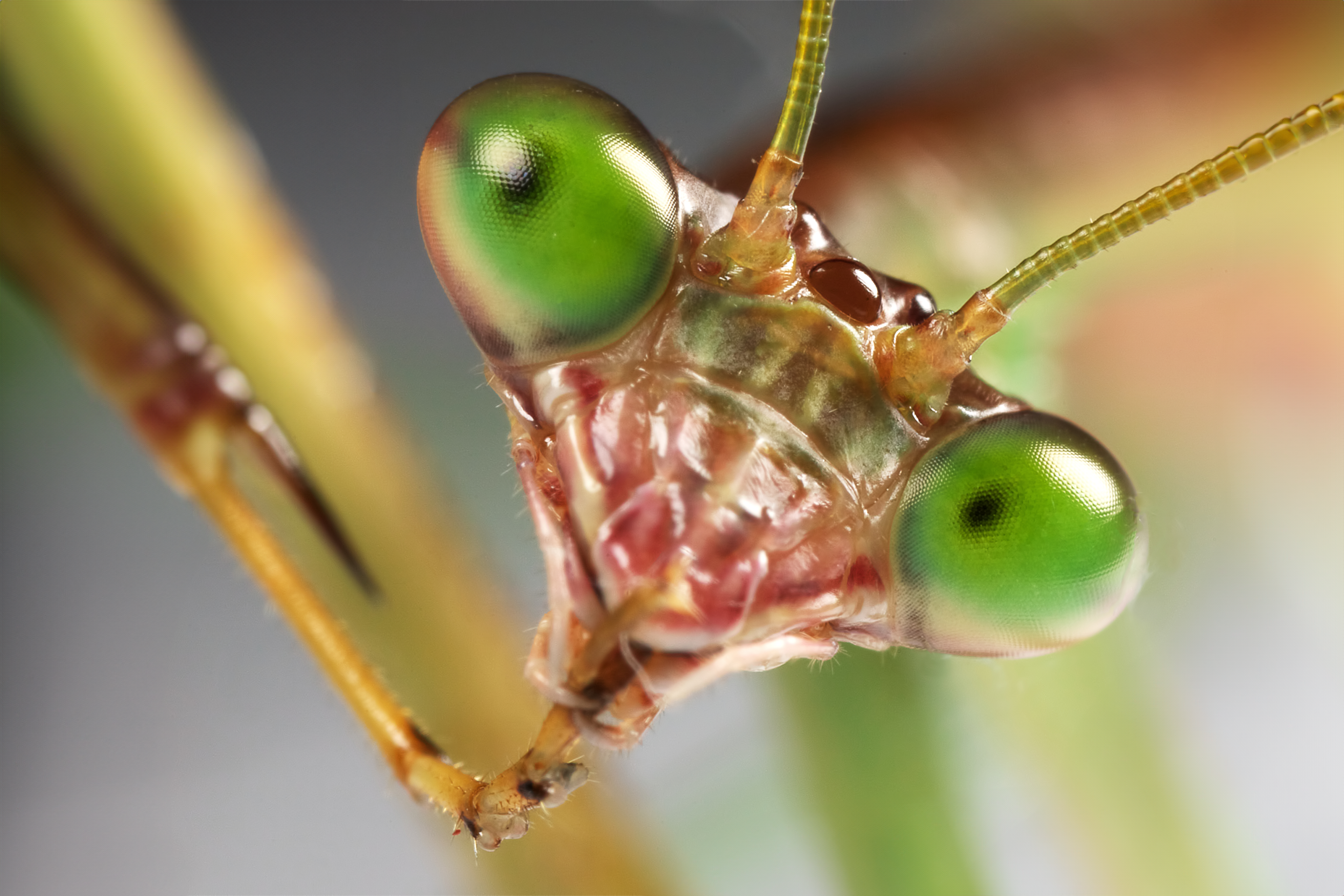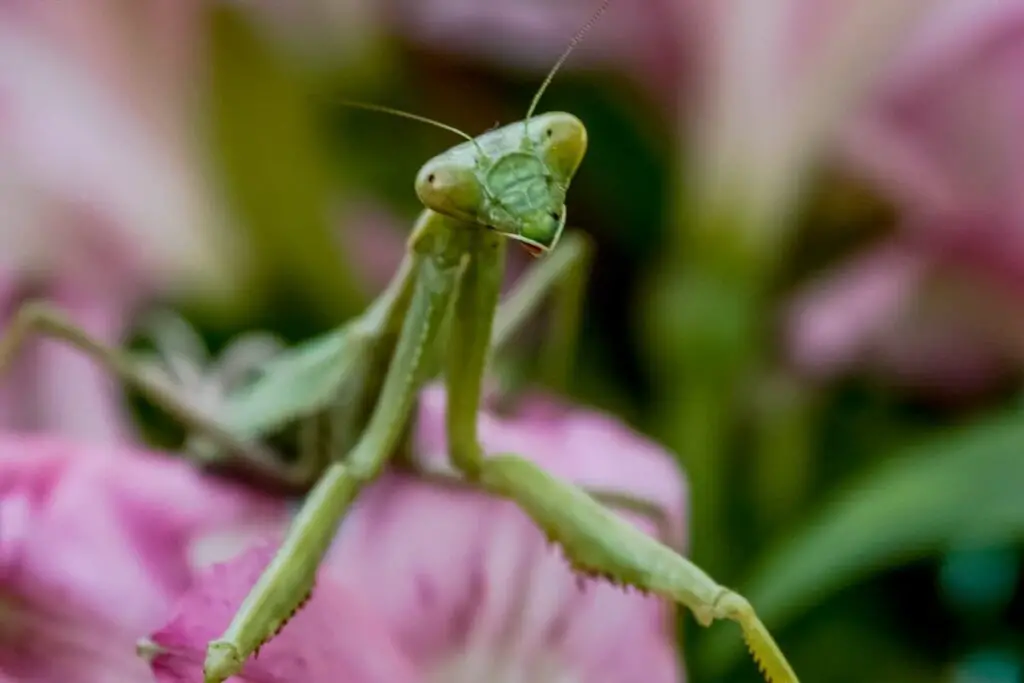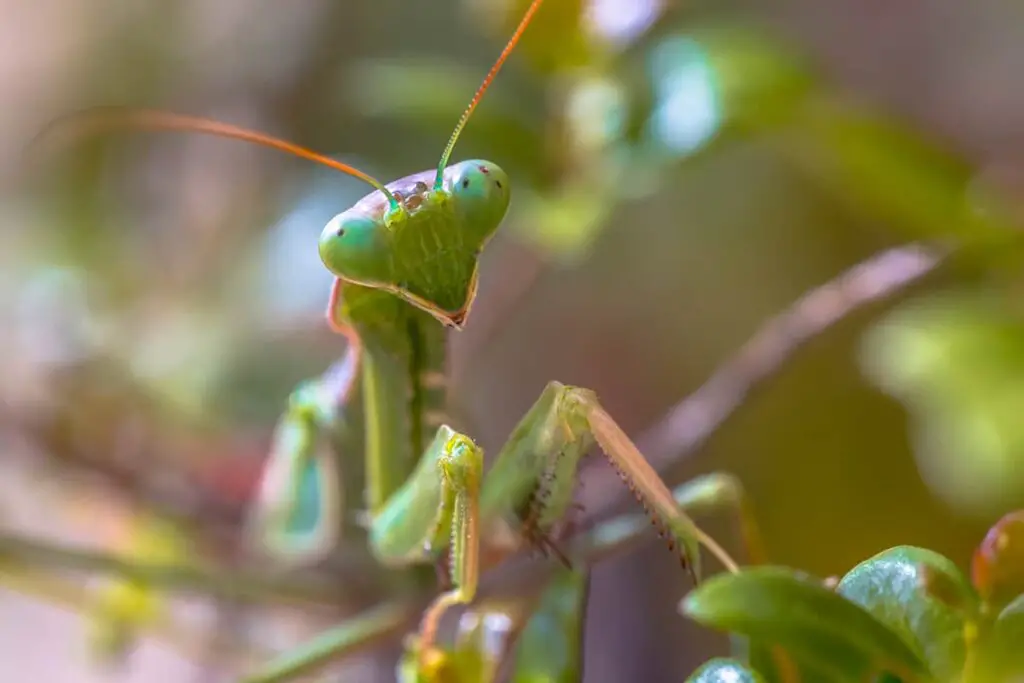
When you think of survival after a severe injury, a praying mantis probably doesn’t come to mind. However, these fascinating insects possess an incredible ability to endure even when they lose their heads. It’s a bizarre thought, but imagine for a moment that you could continue to walk, react to your environment, and even carry on with certain activities without your head—sounds impossible, right? Yet, a praying mantis can do exactly that.
You might be wondering how an insect can manage without a vital part of its body. The answer lies in the praying mantis’s biology, which allows it to survive for a period after decapitation. This ability is especially noted during mating, where sometimes the male may lose his head but can continue the process for a while longer. It’s not just a horror story; it’s a curious fact of nature you may come across while observing these creatures.
The duration for which a praying mantis can live without its head varies, with some observations noting survival for 1 to 6 hours, depending on the circumstances. While this period is relatively short, the fact that they can continue at all is quite astounding. This phenomenon raises questions about the nature of survival and can certainly provide a unique perspective on the resilience of life.
Praying Mantis Anatomy
Understanding the praying mantis’s anatomy helps you appreciate the insect’s survival abilities, including how it functions with or without its head.
Role of the Head
The praying mantis’s head is equipped with compound eyes and two antennae that provide excellent sight and sensory perception, critical for hunting and navigating the environment.
Survival Without the Head
Astoundingly, a praying mantis can survive without its head; the body can continue basic functions like standing and reflex actions due to a decentralized nervous system and autonomic reflexes in the thorax.
Lifespan of a Praying Mantis
Exploring the lifespan of a praying mantis is fascinating; you’ll discover how these remarkable insects can live from a few weeks to a year or more, depending on various factors.
Average Lifespan
The average lifespan of a praying mantis hinges on its species. Smaller species may live as briefly as 4-8 weeks, while the larger ones can survive up to 4-6 months in the wild. If you’re caring for a praying mantis as a pet, they might live for as long as two years due to controlled conditions, shielding them from predators and extreme environments often faced in the wild.
Factors Affecting Lifespan
Several key factors influence how long a praying mantis can live:
- Environment: Wild mantises often face harsher conditions and have shorter lifespans compared to those in captivity.
- Species: There are over 2,400 species of mantis, with varying lifespans.
- Predation: Praying mantises are both predators and prey—risk of being eaten affects how long they can survive.
- Gender: Female mantises typically outlive males, who may even be consumed by females after mating.
Decapitation in Praying Mantises
In the peculiar world of praying mantises, decapitation during mating is a surprisingly common event, but it’s accompanied by some equally surprising survival tactics.
Causes of Decapitation
In the mating process, female praying mantises are known to sometimes decapitate the males. This behavior may be linked to an increase in the chances of reproductive success. According to research, a male praying mantis has a better survival rate if he can secure his grasp on the female before she has the opportunity to attack.
Behavior After Decapitation
Even after decapitation, a male praying mantis may still be able to engage in copulation. The body can survive and maintain copulatory movements for a period after detachment of the head, with some cases reporting activity for 1 to 6 hours. This headless survival is due to the insect’s central nervous system, which can operate body functions independently of the brain.
Scientific Studies
In the realm of entomology, researchers have been intrigued by how certain insects, like the praying mantis, can continue with some life processes even after decapitation.
Research on Insect Decapitation
Scientific research has shed light on the remarkable resilience of insects following severe bodily trauma. Insects, including the praying mantis, have a decentralized nervous system. This means that even in the absence of the head, nerve centers in their body (called ganglia) can continue to perform basic functions. A study on insect decapitation reveals that a praying mantis may live a few hours after losing its head, due to these autonomous nerve centers.
Praying Mantis Survival Cases
Specifically, for praying mantises, documented observations indicate that they can survive for several hours without their heads. This is possible because their vital functions, such as breathing, are not solely controlled by the brain. The survival span of a headless praying mantis typically ranges from 1 to 6 hours, often enough time for a male to complete mating post-decapitation, as mentioned in the research.
Frequently Asked Questions
In the fascinating world of praying mantises, some unique behaviors have piqued the interest of many. Here, you’ll find answers to questions about their survival after mating, the decapitation phenomenon, and the requirements for their sustenance.
What do male praying mantises experience after mating?
After mating, male praying mantises may have their heads chopped off by the female. Despite this, males can continue to mate for a period afterwards, which can last from 1 to 6 hours.
Can a praying mantis continue to survive after losing its head?
Yes, a praying mantis can survive for a short time after losing its head, sustaining basic bodily functions due to its less centralized nervous system. This period can last between 1 to 6 hours.
How does the loss of a head affect a praying mantis’ lifespan?
The loss of its head inevitably leads to the praying mantis’ death within hours, which means it does not significantly affect its overall lifespan, as it would shortly die after such an event in nature.
Is it true that praying mantises can live for a time without food, and how does this compare to surviving decapitation?
Praying mantises can manage for a short period without food, but decapitation is more lethal and immediate. Mantises can survive without food for several days to a couple of weeks, depending on the species and environmental conditions.
During which season do praying mantises typically engage in mating, and what impact does this have on their life expectancy?
Praying mantises generally mate in late summer to fall. The mating season itself does not necessarily have an impact on their life expectancy, except for males who may be decapitated by females during mating.
In terms of diet, what sustenance do praying mantises require to survive, and how does this change if they lose their head?
These insects primarily feed on live prey, including insects and spiders. If a praying mantis loses its head, it cannot feed anymore, leading to its eventual death after the latency period of post-decapitation activity ceases.
Driven by a passion for those tiny creatures that rule our world, we at Bug Domain strive to be your go-to resource for information on insects.



